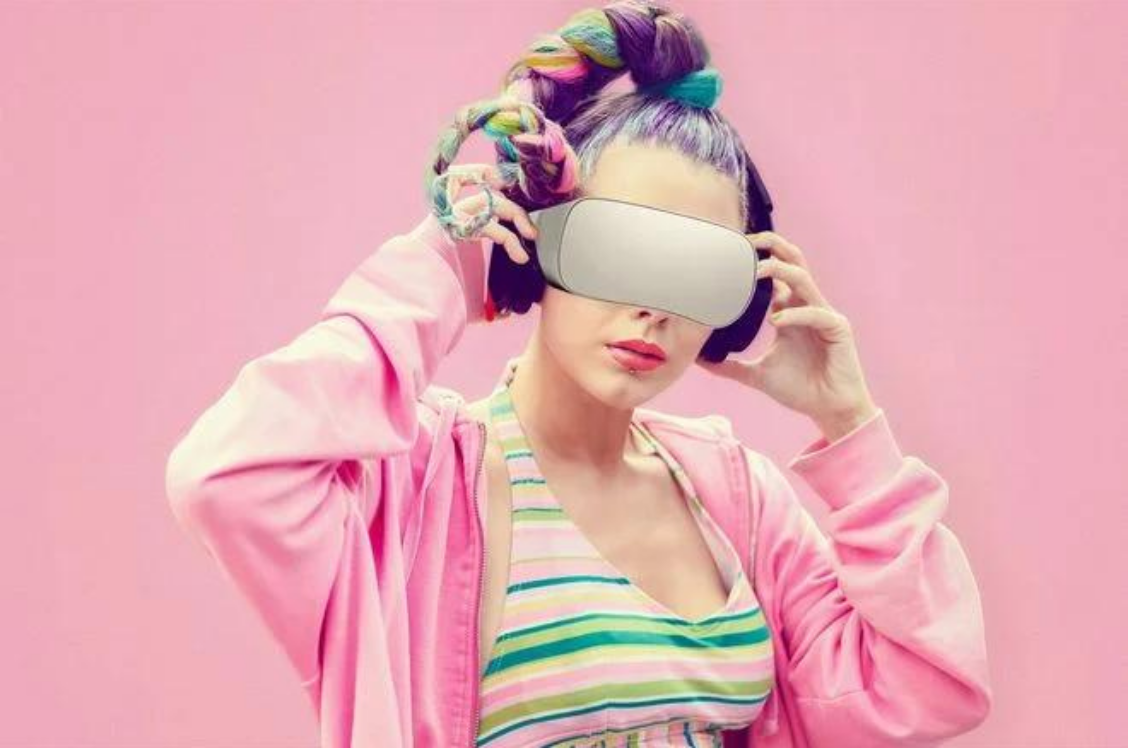
In this article
1. Audio identity becomes the new visual identity.
2. Brands will need to become excellent conversationalists.
3. Podcasts get a live virtual audience.
4. Spatial audio will be incorporated into traditional audio ads.
Sources:
—
Link to original Ad Age article.


